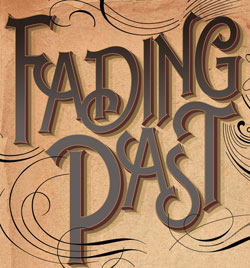Are digitization and budget cuts compromising history?

Design by Holly Tempka
“When people say everything’s online,” says Jerry Dupont of the Law Library Microform Consortium, “they’re woefully uninformed.” Dupont, founder of the LLMC, a nonprofit law library cooperative, estimates that of the 2 million unique volumes contained in America’s law libraries, only about 15 percent are available in digital form. That figure includes access via proprietary, commercial services like Westlaw and LexisNexis.
Across the country, law libraries are trying to adapt to the digital revolution and preserve historic and precedential documents. But budget cuts have hit hard at academic law libraries, which historically have hosted some of the most robust legal collections. And the pressures are creating concerns that the public will lose access to essential legal documents.
For example, for six years straight the acquisitions budget for the Maine State Law and Legislative Reference Library has remained flat. Like many law library officials, director John Barden has managed to preserve public access to most legal content, but he has been forced to make some tough calls along the way.
Rising costs have forced him to scrap treatises and cancel nearly half of his print law journal subscriptions. At the same time, his staff has undertaken a massive effort to digitize state legal documents that date back to the 1820s.
“We recognize that at some point flat funding will no longer sustain our information base, but until now we’ve managed to dodge the bullet,” Barden says. “It will be interesting to see what the universe of law-related digitized resources looks like in another 10 or 20 years.”
Dupont is hoping to digitize primary legal information collected for the State Records Microfilm Project, a Depression-era effort to preserve early American law. The project, which involved dispatching field workers over 60,000 miles to collect materials from state historical societies and capital libraries, yielded about 1,700 reels of microfilm. That film contains statutory and administrative records, court records and state government documents.
But because the results are now either tucked away in rare book rooms or lost, they are inaccessible to modern researchers. Digitization will eventually open those records to legal researchers, but that kind of progress comes with a price tag.
Click here to read the rest of “Fading Past” from the May issue of the ABA Journal.



